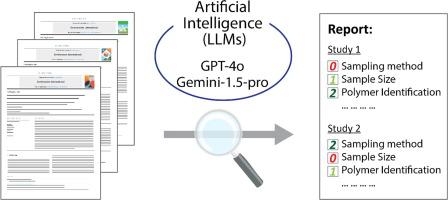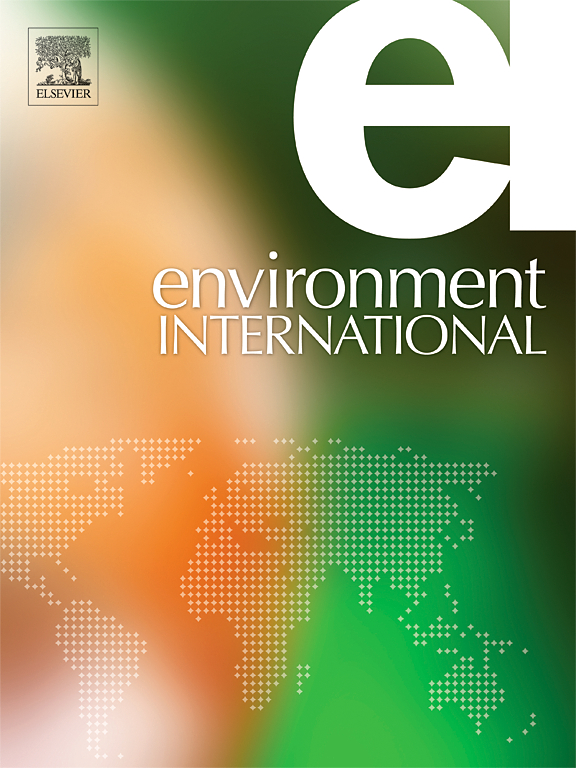Using artificial intelligence tools for data quality evaluation in the context of microplastic human health risk assessments
IF 10.3
1区 环境科学与生态学
Q1 ENVIRONMENTAL SCIENCES
引用次数: 0
Abstract
Concerns about the negative impacts of microplastics on human health are increasing in society, while exposure and risk assessments require high-quality, reliable data. Although quality assurance and –control (QA/QC) frameworks exist to evaluate the reliability of data for these purposes, manually assessing studies is too time-consuming and prone to inconsistencies due to semantic ambiguities and evaluator bias. The rapid growth of microplastic studies makes manually screening relevant data practically unfeasible. This study explores the potential of artificial intelligence (AI), specifically large language models (LLMs) such as OpenAI’s ChatGPT and Google’s Gemini, to streamline and standardize the QA/QC screening of data in microplastics research. We developed specific prompts based on previously published QA/QC criteria for the analysis of microplastics in drinking water and its sources, and used these to instruct AI tools to evaluate 73 studies published between 2011 and 2024. Our approach demonstrated the effectiveness of AI in extracting relevant information, interpreting the reliability of studies, and replicating human assessments. The findings indicate that AI-assisted assessments show promise in improving speed, consistency and applicability in QA/QC tasks, as well as in ranking studies or datasets based on their suitability for exposure and risk assessments. This groundbreaking application of LLMs in the environmental sciences suggests that AI can play a vital role in harmonizing microplastics risk assessments within regulatory frameworks and demonstrates how to meet the demands of an increasingly data-intensive application domain.


求助全文
约1分钟内获得全文
求助全文
来源期刊

Environment International
环境科学-环境科学
CiteScore
21.90
自引率
3.40%
发文量
734
审稿时长
2.8 months
期刊介绍:
Environmental Health publishes manuscripts focusing on critical aspects of environmental and occupational medicine, including studies in toxicology and epidemiology, to illuminate the human health implications of exposure to environmental hazards. The journal adopts an open-access model and practices open peer review.
It caters to scientists and practitioners across all environmental science domains, directly or indirectly impacting human health and well-being. With a commitment to enhancing the prevention of environmentally-related health risks, Environmental Health serves as a public health journal for the community and scientists engaged in matters of public health significance concerning the environment.
 求助内容:
求助内容: 应助结果提醒方式:
应助结果提醒方式:


